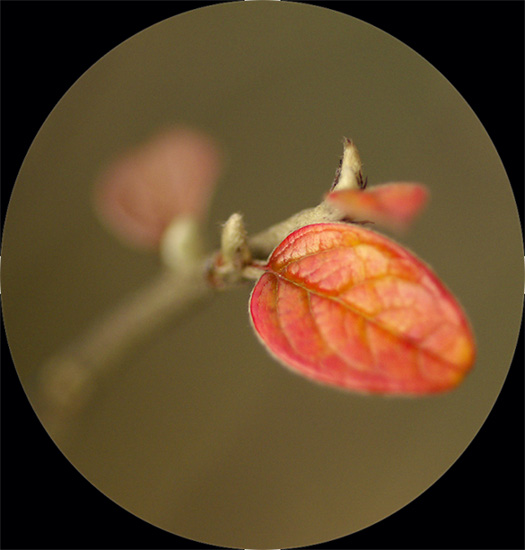
Don't Forget High ISO On Your Digital SLR.
A topical tip by Ian Walker. UK.
Introduction.
The modern digital SLR from companies like Nikon, Canon and Minolta provide very low noise images at 100 or 200 ASA but excellent images especially using macro lenses can be captured without the aid of a tripod by going to very high ISOs. This gives you the freedom and speed of shooting which, especially at ground or near ground level, can be cumbersome when using a tripod. The level of noise from the cheaper digital SLR cameras like the Nikon D50 and Canon 350D are still impressive at 800 ASA but if we go further to 1600 ASA and beyond, the introduction of noise can become part of the creative process giving the images a fine granular look. Models of cameras will behave very differently especially under various light conditions but is worth experimenting with these often overlooked settings on your camera. If you wish you can also use a program like Neat Image to reduce noise to your captured images providing equivalent noise levels to perhaps one or two stops down but I prefer not to use them leaving the 'grain effect' as part of the picture. In the north of England over the last few weeks we have had some of the most prolonged dull and depressing weather I can remember with very poor visibility and pollution preventing decent landscape shots but closer to home in my tiny back garden and local environs I can still see a little colour remaining from last autumn and signs of spring, together with using shallow depth of field we can create attractive 'miniatures'. The light has been so bad it has been almost impossible to read a book in the mornings without a light on in my room but that same poor light can be enough to provide some interesting shots.
The pictures below were taken at 1600 ASA on a Nikon D50 with Sigma 105mm macro lens and Minolta Dynax 7D with Minolta 100mm macro lens, typical shutter speeds are around 1/250th to 1/500th, both cameras were set to 'cloudy' white balance.
Minolta Dynax 7D.

Tiny Leaf.
Against soil an almost artistic impression can be created with just a single point on the leaf in focus.
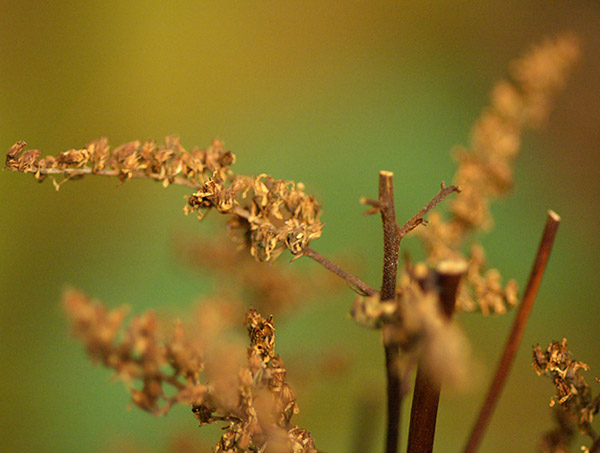
Broken Twigs.
Here I am interested in the background colours as much as the broken twigs, a nice range of muted greens and browns offset the dead leaves.
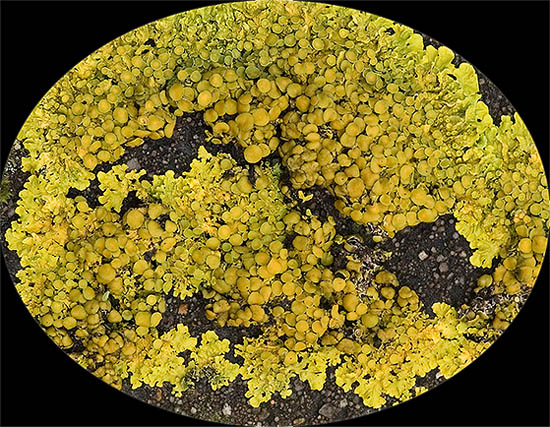
Lichen.
With the macro lens, detailed shots of very intricate patterns in nature can be captured.
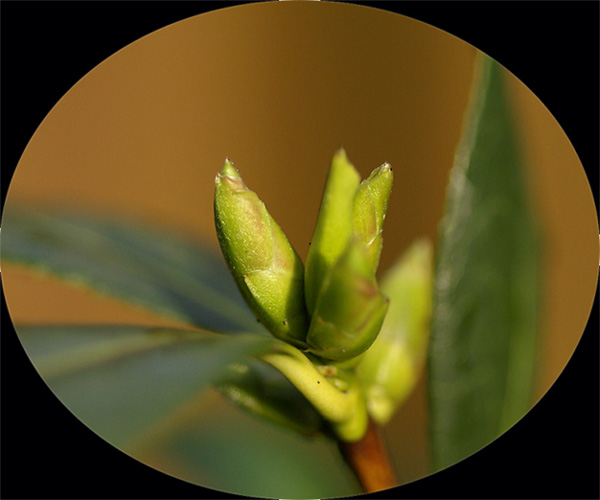
Buds.
The background here is actually a slatted wooden fence giving a nice muted pattern to the background.
Nikon D50 loaned by my brother Dave.
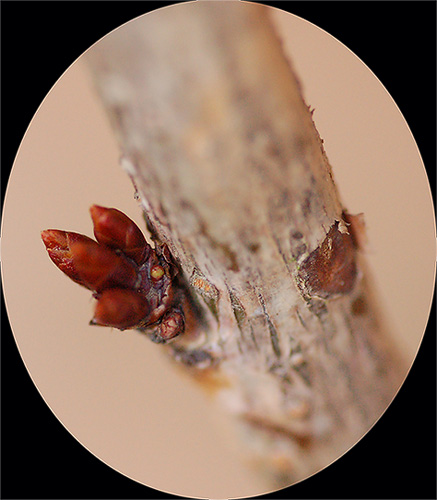
Buds.
The picture was taken against light coloured brick wall only a couple of feet behind.
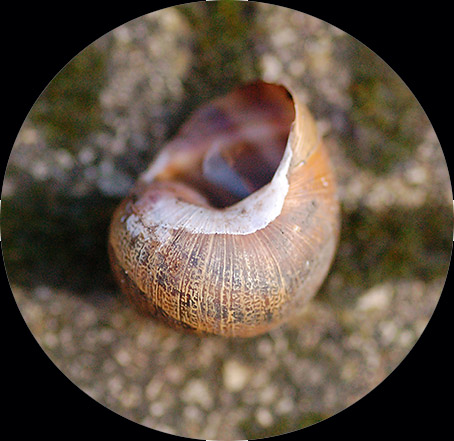
Snail shell, the occupant probably removed by a bird!
This image was included to show colour speckles in the moss and stone, these are not very attractive and becoming intrusive. Selecting the subject and its background are important considerations at high ISO.
Conclusion.
If you want the speed of moving a camera around small subjects at many different angles, remember the high ISO settings on your camera, it can provide more freedom than setting up the camera on a tripod on many occasions even in low light.
the end.
Comments to the author, Ian Walker, are welcomed.
(Footnote: The Minolta 7D also has an anti-shake feature in the camera body giving a few more stops leeway for reducing vibration in addition to high ISO.)
Published in the January 2006 edition of Micscape.
Please report any Web problems or offer general comments to the Micscape Editor .
Micscape is the on-line monthly magazine of the Microscopy UK web site at Microscopy-UK
© Onview.net Ltd, Microscopy-UK, and all contributors 1995
onwards. All rights reserved.
Main site is
at www.microscopy-uk.org.uk
with full mirror
at www.microscopy-uk.net
.